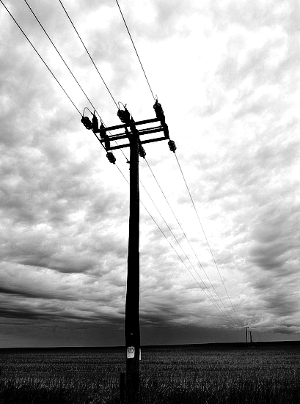Interconnector costs criticised
 South Australian businesses say energy transmission lines are driving big, ‘unfair’ losses.
South Australian businesses say energy transmission lines are driving big, ‘unfair’ losses.
Much of SA’s electricity travels vast distances across state lines through interconnectors in Victoria and New South Wales.
Along this journey, a portion of that power is lost in the form of heat.
The Australian Energy Market Operator (AEMO) factors this in using a mathematical equation known as Margin Loss Factors (MLFs).
AEMO says the difference in the level of energy produced to what is left when it is consumed is as much as 10 per cent.
The charge for this loss should be spread nationwide, but areas that host lines that export to Victoria and NSW say they are hit hardest.
Towns in SA’s Riverland region, near the Berri transmission lines, attract the second highest MLFs in the country.
Renmark's Central Irrigation Trust (CIT) says just six local businesses will collectively have to spend $1 million covering losses this year, as SA exports power to Victoria.
“Most of the large industrial consumers of power up here are having really volatile losses,” CIT chief executive Gavin McMahon said.
“We think it's highly unfair.
“If there are losses associated with exporting from South Australia into Victoria, then really everybody in the state should pay. Not just the businesses up here [in the Riverland].”
The CIT says it is in discussions with AEMO, state and federal governments, and the Australian Energy Market Commission about the issue.
AEMO says the issue is not with the way the losses are calculated.
“The way we apply losses and the rules that we could put in place — to put consumers and generators into a position to manage their losses going forward — are all things that need to change,” AEMO chief executive Audrey Zibelman said.
She said AEMO may not be in a position to effect change.
“We're certainly happy to work with the Riverland and with the state [South Australia] to address their economic issues, but we're not the decision maker,” Ms Zibelman said.
The SA Government says it “has discussed the impact of these losses with CIT and with the market operator” AEMO.








 Print
Print